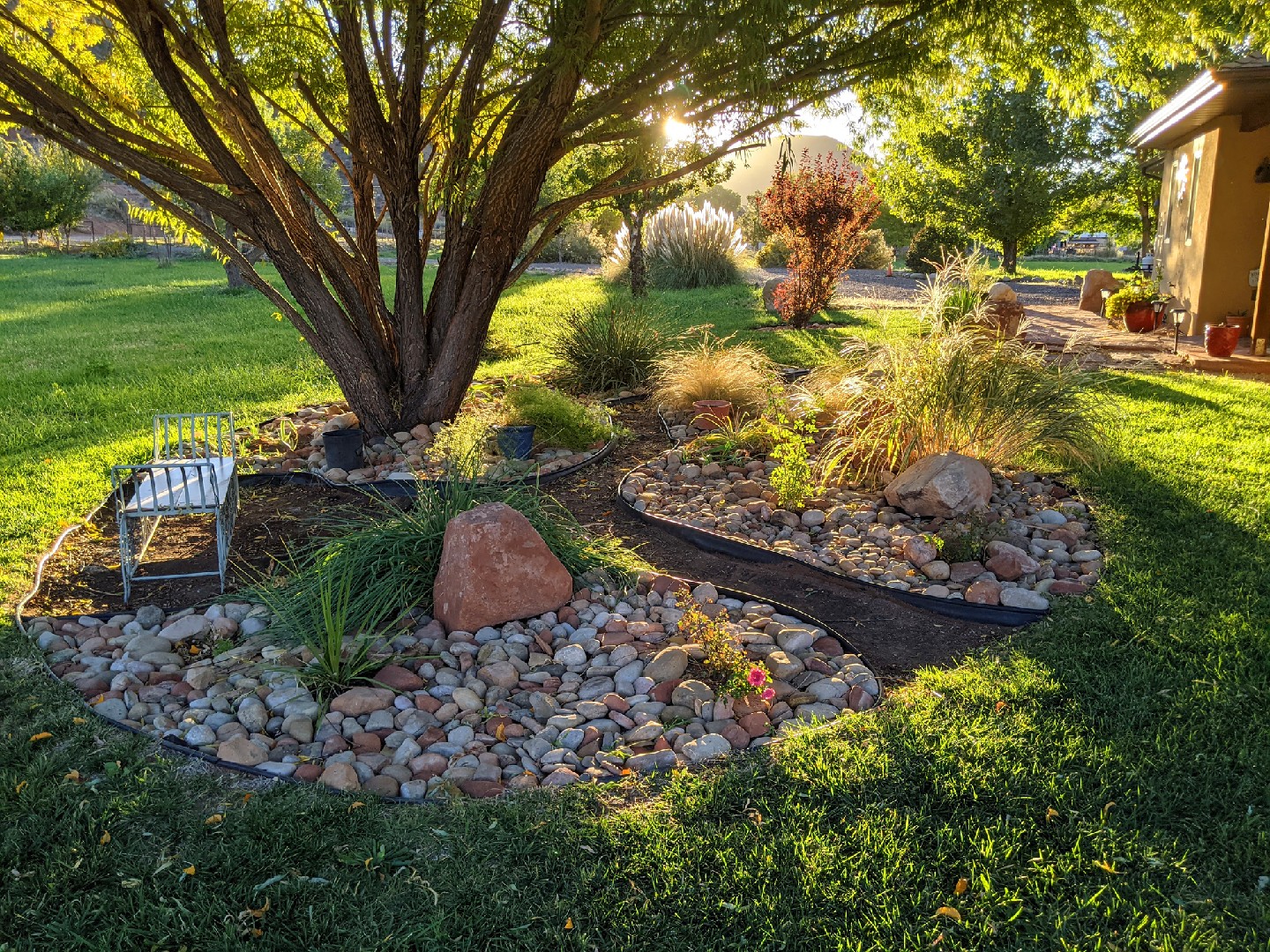![Rectangle]()
Choosing the Right Plants for Your Shady Garden
When it comes to designing stunning landscapes for areas with limited sunlight, choosing the right plants is essential. In this section, we will highlight shade-loving plants that thrive in low sunlight, discuss the soil requirements for these plants, and provide tips for creating a layered plant scheme for visual interest.
Shade-loving plants are a key component of any garden with limited sunlight. They not only add greenery and beauty to the space but also thrive in low light conditions. Some popular shade-loving plants include ferns, hostas, hydrangeas, and impatiens.
Ferns are an excellent choice for shady gardens as they are known for their delicate fronds and graceful appearance. They come in various varieties, including the Boston fern, maidenhair fern, and Japanese painted fern. Hostas are another versatile option that can thrive in the shade. With their vibrant foliage, they can add a pop of color to your garden. Hydrangeas are beloved for their stunning blooms and can be cultivated in shady areas with proper care. Impatiens, commonly known as busy Lizzies, are popular annual flowers that can tolerate partial shade.
When selecting shade-loving plants for your garden, it is essential to consider the soil requirements of each plant. Some plants prefer moist soil, while others thrive in well-drained soil. Understanding the needs of your plants will help ensure their proper growth and development. For example, ferns prefer moist soil and can benefit from regular watering. On the other hand, hostas prefer well-drained soil and may suffer from root rot if the soil is too wet. Adding organic matter, such as compost or peat moss, to the soil can improve its moisture retention and drainage.
To create a visually appealing garden, consider incorporating a layered plant scheme. This involves selecting plants of different heights and textures to create depth and interest. For instance, you can plant tall ferns as the backdrop, followed by medium-sized hostas, and finally, low-growing impatiens along the edges. This layering technique adds dimension to your garden and creates a natural-looking landscape. Additionally, incorporating plants with varying leaf shapes, colors, and textures can further enhance the visual appeal.
In conclusion, designing stunning landscapes for areas with limited sunlight requires careful selection of shade-loving plants. By choosing plants such as ferns, hostas, hydrangeas, and impatiens, you can create a beautiful garden that thrives in low light conditions. Understanding the soil requirements of these plants and implementing a layered plant scheme will further enhance the overall aesthetics of your garden. Remember to provide regular care and maintenance to ensure the health and longevity of your shade-loving plants. Happy gardening!





